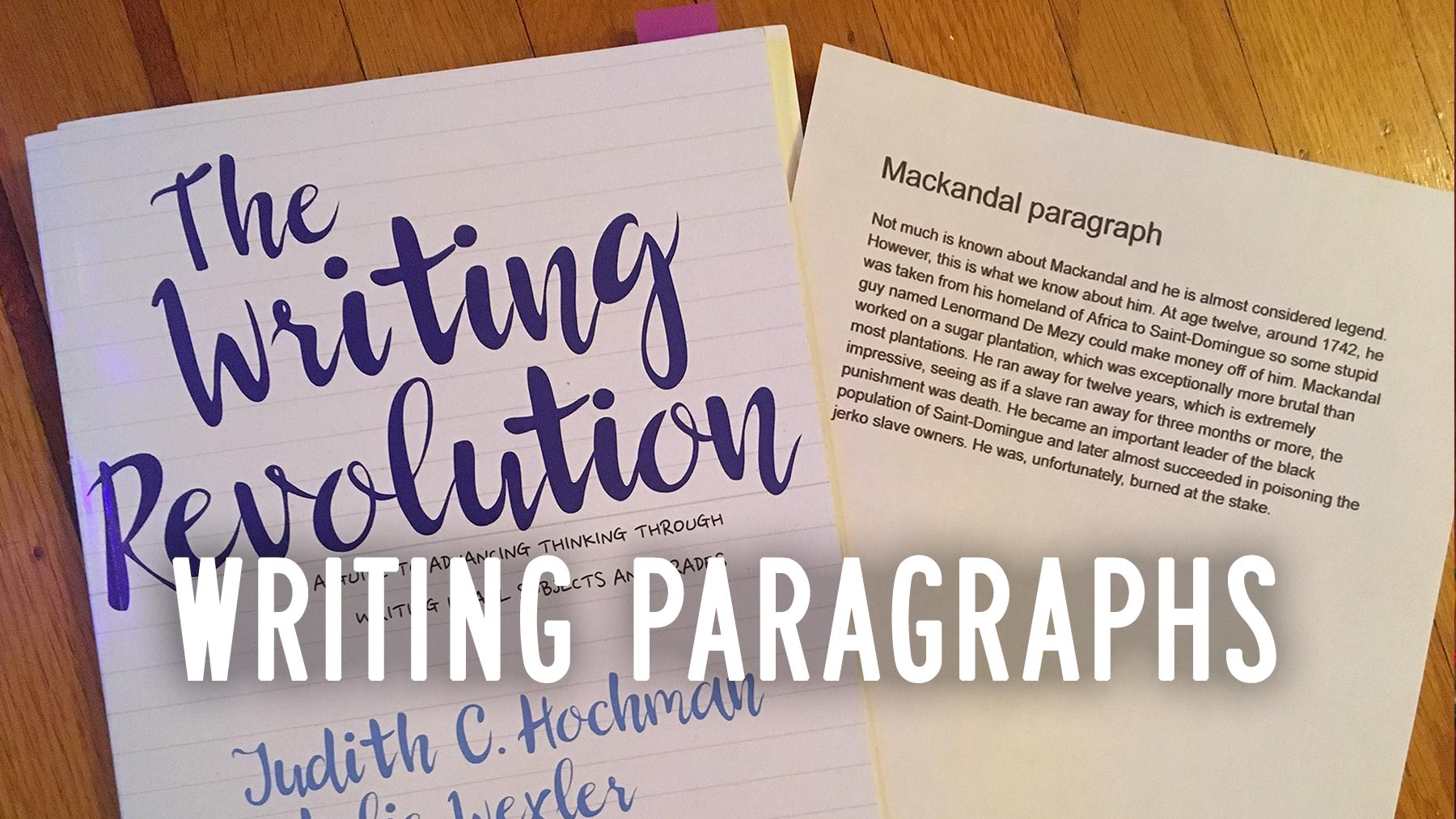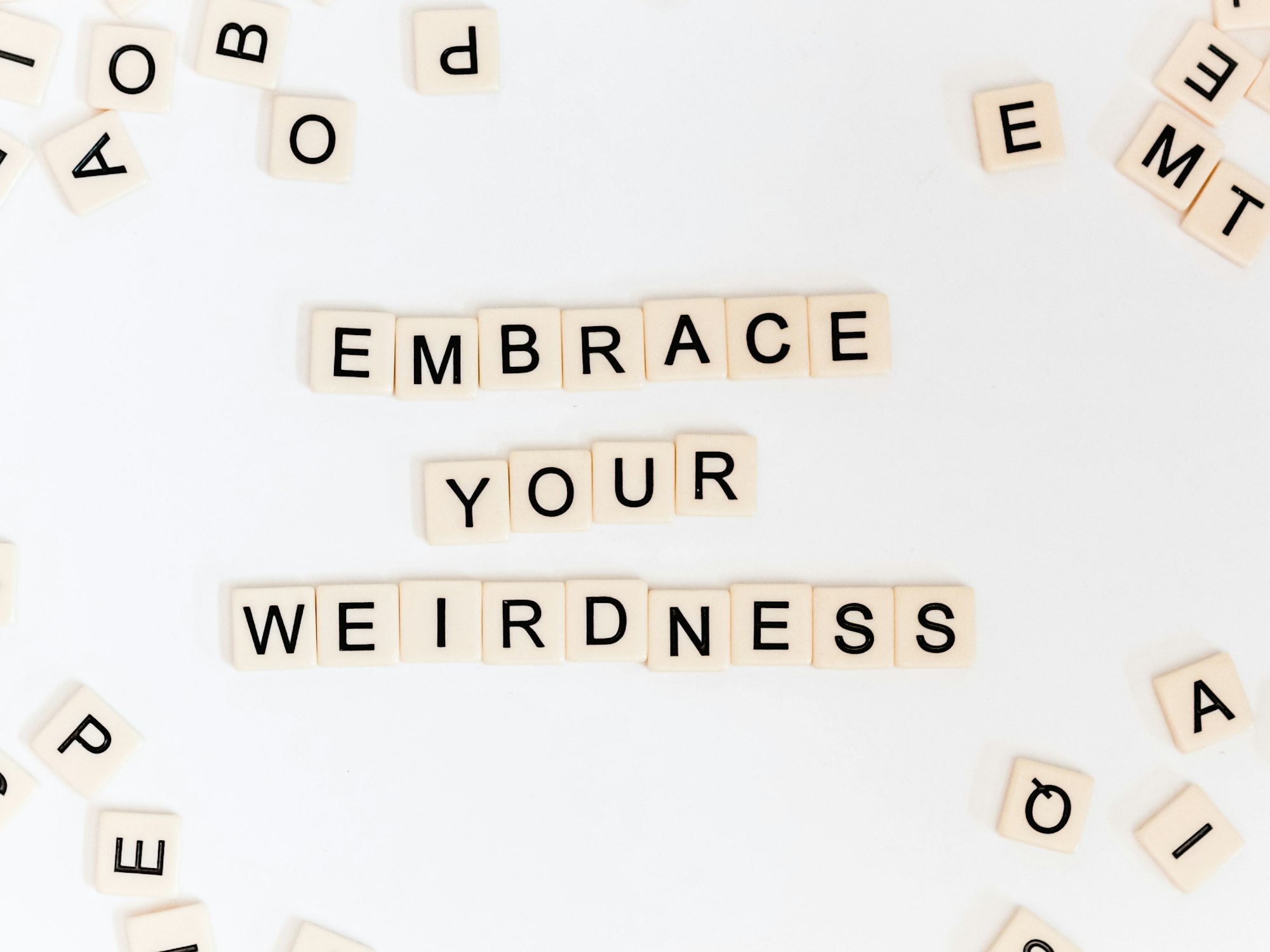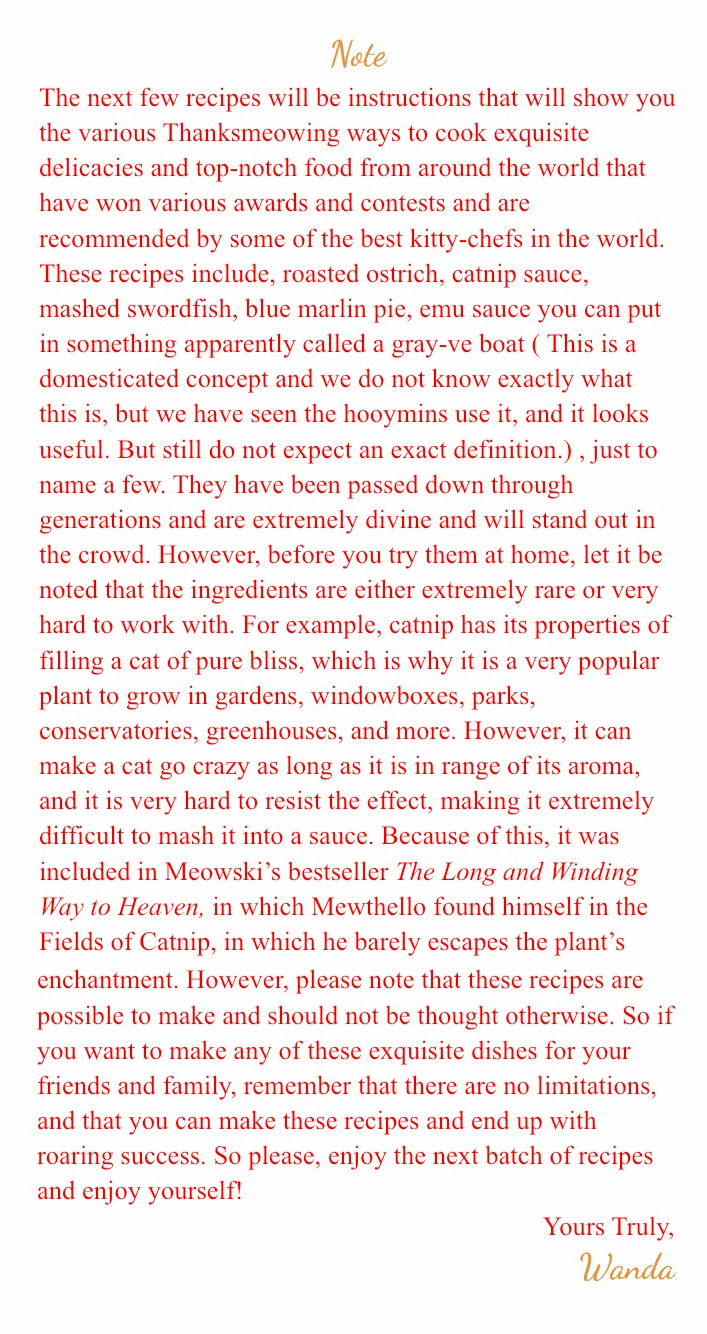Writing paragraphs, The Writing Revolution style
In some ways, writing is a strength area for Wanda. In other ways, it's the area where she needs the most support.

In some ways, writing is a strength area for Wanda. In other ways, it's the area where she needs the most support. She's like a full-blast firehose of creative energy when it comes to writing, and harnessing that energy is hard.
The unexpected challenge of writing
When we were first embarking on homeschooling, back in first grade, I thought writing would be easy. Wanda for all the world looked like a budding writer who just needed the right fertile soil to bloom. She taught herself to read when she was four, and she started sneaking into the word processing app on the computer at her preschool to write not long after that. Writing would be a slam-dunk, right? Nope. Writing comes easily for her, but writing assignments were an insurmountable brick wall.
For the first couple of years, if I gave her even the smallest, most simple-seeming (to me, that is) writing assignment, she couldn't even begin. She immediately was overwhelmed, and she froze. She often couldn't come up with a single word. The best I could do was to model what we were aiming for by doing it myself so she could see, but by that time she was too overwhelmed to really engage with what I was doing.
You can probably imagine how I was thrown for a loop. But here's the deal: you have to meet people where they're at, not where you imagine they should be. It was on me to figure out what was going on.
Writing for fun can just flow. But writing to meet someone else's expectations for a writing assignment adds on a lot of overhead. There are a whole bunch of skills that need to be integrated, and our brains are not constructed to integrate a bunch of nascent skills at once. And the trickiest writing skill of them all is planning—a particularly hard area for those with executive function differences as found with ADHD.
How we've tackled writing up to now
Once I figured out that I needed to completely reset my expectations about writing, I shifted my focus. We spent a couple of years working to create automaticity around handwriting, spelling, grammar, all that good foundational stuff. We worked on those skills mostly in isolation, rather than trying to integrate them too much. Reduced a lot of that nascent skills overhead. She's in great shape there now.
I kept having to relearn the hard lesson to not push my expectations about writing too early. Writing assignments were only teaching her to hate writing. (I tried to use gentle writing activities from Brave Writer, specifically from The Writer's Jungle, and she hated them. Hated.)
Instead, I focused on letting her do her own thing with creative writing, as much as possible. We kept working on those fundamental skills, and reading, reading, so much reading. We also did a lot of talking about writing concepts via Michael Clay Thompson, and paid attention to how others wrote, without the pressure of applying the concepts to her own writing.

That approach has borne some wonderful fruit. Wanda is now in the third grade, and is eight years old. Here's an example of Wanda's creative writing, an introduction to a Thanksgiving section of a cookbook for cats she's been writing (shared with her permission):

I am thrilled with this! She has confidence, she has a unique voice, there is evidence of solid fundamental skills, and best of all it is a joy to read. I feel really good about the steps we've taken to get to this point.
How do we take her from here, to quality academic writing?
Where we are now
It's time to install some flow control on that creative firehose, to get some settings between "off" and "drenched," by building that planning skill. Her creative writing is truly wonderful, but it's easy to see how it will improve with some experience with planning and thoughtful construction. (I still have no intention of meddling with her creative writing work; we'll only work on planning and construction skills in the domain of academic writing.)
I've been keeping our goals small to start with, and doing a lot of sentence-level exercises using The Writing Revolution. That has been going really well. We've also been doing a lot of learning and discussing about the construction of paragraphs in our Michael Clay Thompson curriculum, and noticing what separates a good paragraph from a confusing one.
I recently got bold. Wanda had been doing so much great creative writing, and doing so well with sentence assignments. One of her Michael Clay Thompson books had a paragraph writing assignment—the kind we ordinarily skip—but with her input we modified it to be much more simple. She would write a paragraph comparing two Lumberjanes characters.
What she wrote was interesting, and true, but it was disjointed, stream-of-consciousness writing, only arbitrarily somewhat in the shape of a paragraph, and strayed quite a bit from that goal of comparing two characters. She recoiled at the suggestion that any of her writing could be reshaped to bring it closer to the assignment's goal.
In computer programming, this would be like still getting an error, but at least it's a new error, so you're excited that there's been progress, and you have new information!
This is totally on me, I should know better. I didn't provide her adequate support to be successful. I didn't teach her how to plan.
Planning a paragraph, The Writing Revolution way
I'd simplified the assignment, but that alone isn't enough. I still wasn't providing the appropriate scaffolding. Luckily, I have scaffolding! That's what The Writing Revolution is all about.

I took a very different approach for our next writing assignment. We'd just finished reading Blades of Freedom, a book about the Haitian Revolution, from the Nathan Hale's Hazardous Tales series. I had us work together to create a paragraph about an important early leader of the revolution, François Mackandal. We did the work over the course of four days. I've shared this work with Wanda's permission.
Day one: introduction and brainstorming
On the first day, I started by laying out how we would approach this paragraph differently than we'd done before, and told her that we would take four separate steps over four days:
- Brainstorm
- Create a Single Paragraph Outline
- Write the paragraph
- Edit
Then, we brainstormed. I had her call out all the bits of information she'd learned about Mackandal from the book, while I scribed them on the whiteboard, modeling note-taking form (there are some activities in The Writing Revolution to teach the difference between jotting down a short note vs. writing a complete sentence). I encouraged her to not worry about whether a detail was important, or the order of them, because the goal in brainstorming is just to get as many ideas as possible.

Day two: Single Paragraph Outline
The second day, we went back to that list, with the intention of starting to select and order the ideas we want for our paragraph. Wanda's powerfully creative brain had other ideas: she was hell-bent on writing the paragraph, starting with a sentence based on the very first item on our whiteboard. She resisted hard when I put the brakes on. With care and connection, I was able to get her to give the process a chance.
The Writing Revolution has a format for a Single Paragraph Outline. You create a topic sentence, then identify a number of supporting details, which are jotted down in note-taking form. This is where the meat of the prioritization and organization of writing a good paragraph gets done. In time, she'll be able to switch to doing this work in her head without creating an actual outline, but she's not there yet. I impressed upon her that even seasoned writers do this essential planning work before they dig in. I also eased her concerns about my trying to insert this approach into her creative writing; I assured her this was only going to be something I expect from academic writing, when we're doing school stuff, and I actively want her to approach her creative writing however the hell she wants.
And so, after a bumpy start, I was able to get her to step away from the computer, and start to consider the ideas we had on the board. I asked her some questions to help her ponder which ideas from our whiteboard list were critical to include, and which were less important, even if they were interesting and true. "Is Mackandal someone we're talking about today because he lost an arm in a sugar mill? Or are we talking about him because he was a leader of the Black people of Saint Domingue?" We came up with color-coded symbols to mark the importance level of some of the ideas: really important ones, less important ones, and ones kinda in-between.
Then, Wanda finally got to write a topic sentence. She filled in the supporting details, and remembered to keep them in note-taking form, for now (though she couldn't help but insert a bit of her editorial voice). We talked about the order of the supporting details, she realized that a different order would work better, and I showed her how to cut & paste to swap them quickly. We now had a Single Paragraph Outline, and we printed it up.

Day three: writing the paragraph
The third day was the day Wanda had been waiting for: writing the damned paragraph already. I'm so proud of her for finding the patience to do all of this planning work before beginning; it's not easy for her, especially when she has her own ideas in mind. With the SPO in front of her, she wrote that paragraph.
Friends, we had success! Her paragraph may not have the most academic tone, but it is organized, and focused. It is exactly the sort of incremental progress I am thrilled to see. We spent some time together reflecting on what a huge difference it made to take the time for the brainstorming and SPO steps to plan and organize our work, and how it paid off with a paragraph that flowed from her easily. She saw the benefit, and is on board for our continuing to write paragraphs this way in the future. Academic ones, anyway.

Day four: revision and editing
On the fourth day, we didn't really do editing. I wanted to hold the space for it, and establish that it is a required step. But revising work you're proud of is HARD, and I don't expect much on that front just yet. I explained that even really great writers struggle with this step. I told her a bit about the difference between revising and editing. We've already done some really helpful exercises to build editing/proofreading skills, so we're in good shape there. TWR has some great exercises for building revising skills by working on other people's writing first, and we need to do those exercises before we expect to integrate it into this kind of paragraph writing work. More of that scaffolding! We did a light edit, as Wanda did see some things she wanted to tweak, and some spelling to double-check. We quickly scanned to see if who/what/when/where/why were covered, and added a date to get that "when" in there.
The final product
A paragraph! Organized! Prioritized! With structure! About the intended topic!

I provided the scaffolding by setting up the organizational steps for her, but these are her ideas, her choices, and her writing. She and I are both extraordinarily pleased, and proud.
Where we're headed next
We'll continue to do these paragraph writing activities, and each time she'll be able to take on more and more of the organizational work, until eventually she'll be able to do it all on her own. Once we have single paragraphs solidly under our belts, we'll someday venture into multiple paragraphs.
I continue to recommend The Writing Revolution for providing effective, explicit instruction for writing. This article only barely dips into the rich information and activities in the book. The book has been a powerful asset, and with it in my corner, I'm feeling much more confident about being able to help Wanda harness her writing powers.
I've added a new Single Paragraph Outline activity template to my page of The Writing Revolution activity templates. I've also added new activity templates for Run-on Sentences, Topic Sentence & Supporting Details, and Matching Details. I've also added more lessons to my page of The Writing Revolution downloadable lessons.


